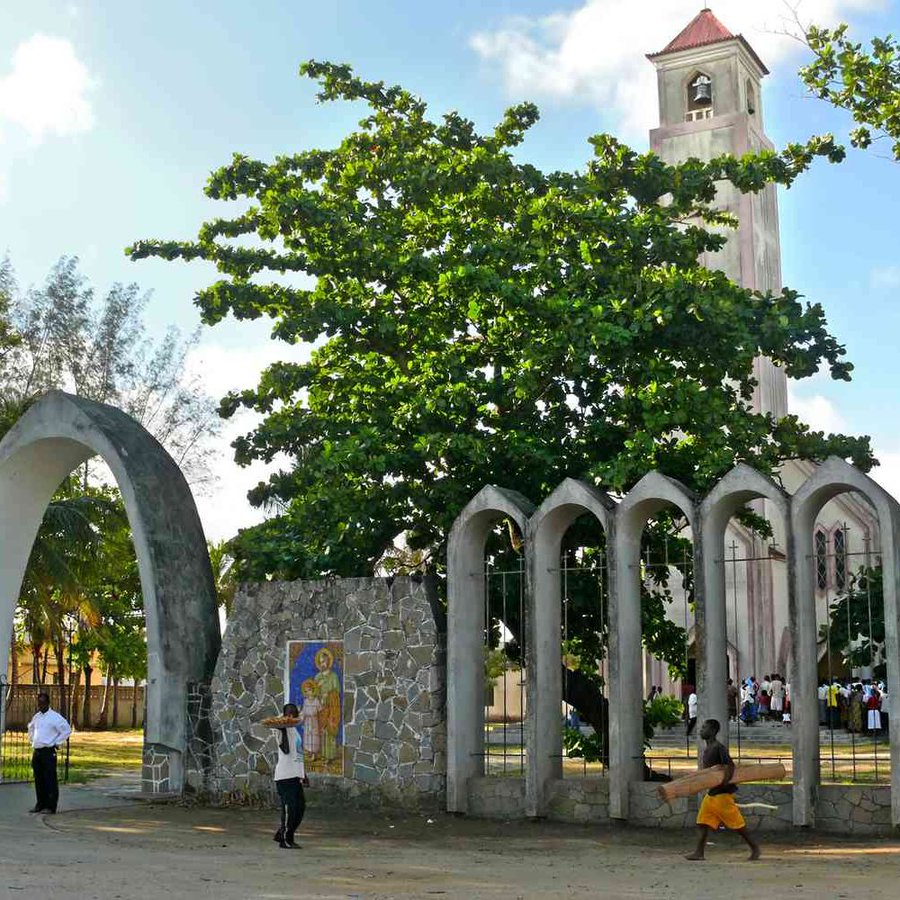In a world where urban mobility and sustainable travel are becoming increasingly important, Quelimane, Mozambique, has been named the most walkable destination on Earth. This recognition highlights the city’s commitment to active mobility and its efforts to create a pedestrian-friendly environment that encourages exploration and connectivity.
The Charm of Quelimane
Quelimane, a seaport city in Mozambique, is renowned for its vibrant culture, historical significance, and picturesque landscapes. The city’s walkability is a testament to its well-planned infrastructure, which prioritizes pedestrians and promotes a healthy, active lifestyle. Visitors to Quelimane can enjoy leisurely strolls through its charming streets, taking in the sights and sounds of this unique destination.
The city’s commitment to walkability is evident in its extensive network of pedestrian pathways, green spaces, and public amenities. These features not only enhance the quality of life for residents but also make Quelimane an attractive destination for tourists seeking a more immersive and authentic travel experience.
Active Mobility and Urban Planning
Quelimane’s recognition as the most walkable destination on Earth is a result of its innovative urban planning and commitment to active mobility. The city’s infrastructure is designed to prioritize pedestrians, with wide sidewalks, pedestrian crossings, and traffic-calming measures that ensure safety and accessibility.
In addition to its pedestrian-friendly infrastructure, Quelimane also boasts a range of public transportation options that complement its walkability. These include buses, trams, and bike-sharing programs, which provide convenient and sustainable alternatives to car travel. This integrated approach to urban mobility makes it easy for residents and visitors to navigate the city without relying on private vehicles.
Exploring Quelimane’s Attractions
Quelimane offers a wealth of attractions for visitors to explore, many of which are easily accessible on foot. The city’s historical sites, cultural landmarks, and natural beauty make it a captivating destination for travelers seeking a unique and enriching experience.
One of the highlights of Quelimane is its vibrant markets, where visitors can immerse themselves in the local culture and sample a variety of traditional foods and crafts. The city’s markets are a hub of activity, offering a glimpse into the daily lives of its residents and providing an opportunity to engage with the local community.
Quelimane is also home to several historical landmarks, including colonial-era buildings and churches that reflect its rich history and cultural heritage. These sites offer a fascinating insight into the city’s past and provide a picturesque backdrop for leisurely walks and exploration.
Sustainability and Environmental Impact
Quelimane’s commitment to walkability is closely linked to its focus on sustainability and reducing its environmental impact. By prioritizing active mobility and public transportation, the city is able to reduce traffic congestion, lower emissions, and create a healthier, more livable environment for its residents.
The city’s green spaces and parks play a crucial role in its sustainability efforts, providing areas for recreation and relaxation while also contributing to urban biodiversity and climate resilience. These green spaces are an integral part of Quelimane’s urban fabric, enhancing its walkability and making it a more attractive destination for visitors.
Global Recognition and Impact
Quelimane’s recognition as the most walkable destination on Earth is likely to boost its profile on the global stage, attracting more tourists and encouraging other cities to adopt similar approaches to urban mobility. This accolade highlights the importance of walkability in creating sustainable, livable cities and underscores the benefits of prioritizing pedestrians in urban planning.
The positive impact of this recognition extends beyond Quelimane, inspiring other cities to invest in pedestrian-friendly infrastructure and promote active mobility. As more cities embrace these principles, the global trend towards sustainable urban development is likely to gain momentum, creating healthier, more vibrant communities around the world.
Conclusion
Quelimane, Mozambique, is the world’s most walkable city. It’s a model for other cities. Visitors can explore its culture, history, and landscapes on foot. Quelimane prioritizes walkability and sustainability. It’s attracting more tourists. This recognition shows the city’s innovative planning and commitment to a healthier environment.
Ready to Transform Your Hotel Experience? Schedule a free demo today
Explore Textify’s AI membership
Explore latest trends with NewsGenie


